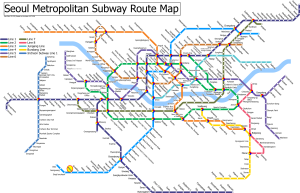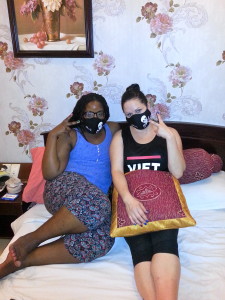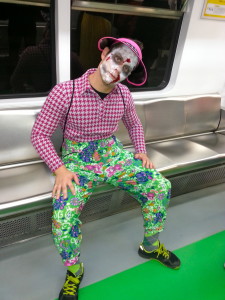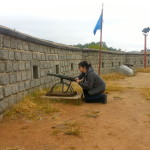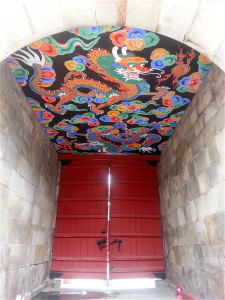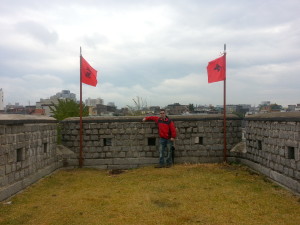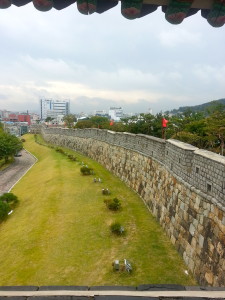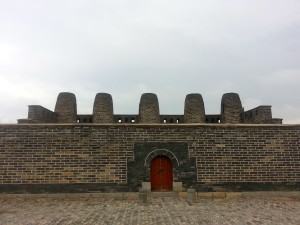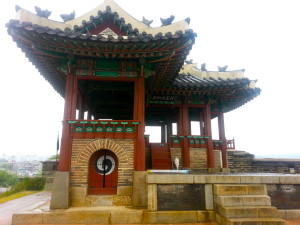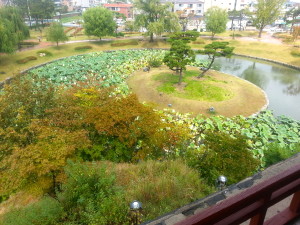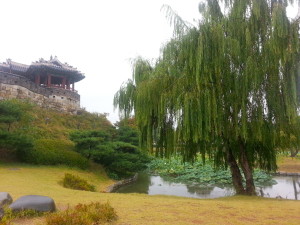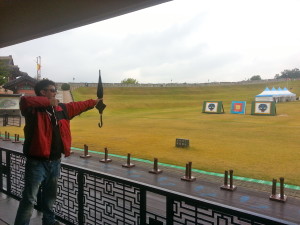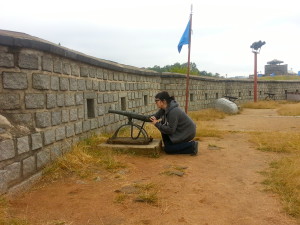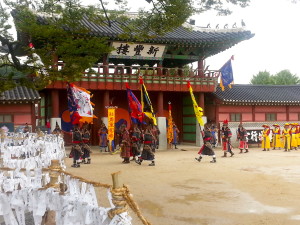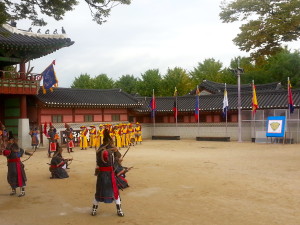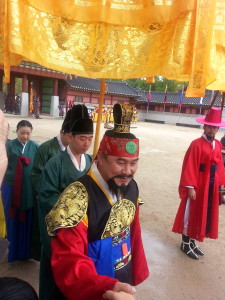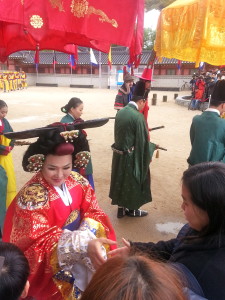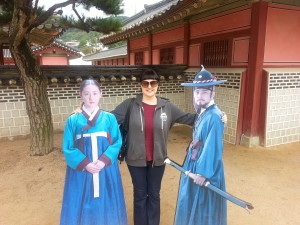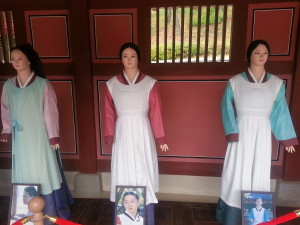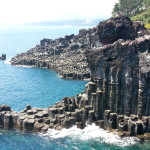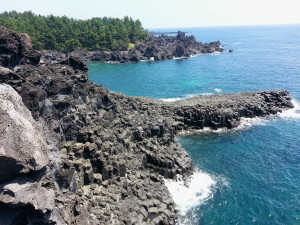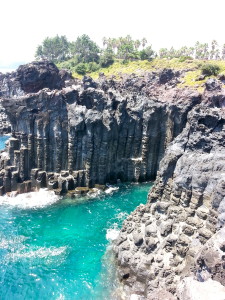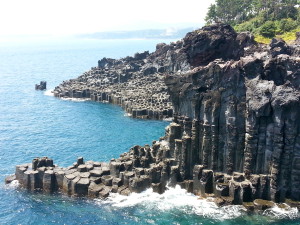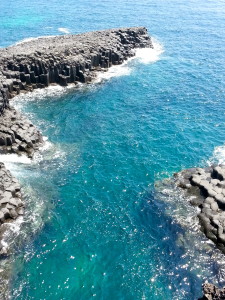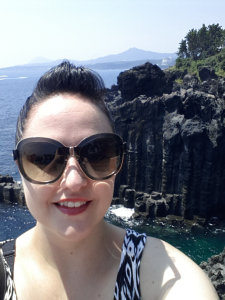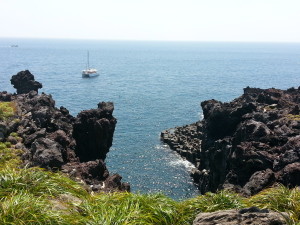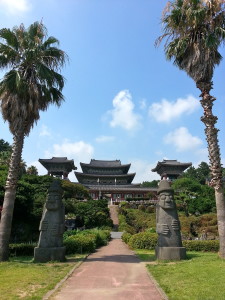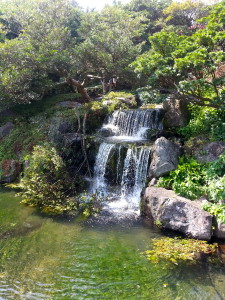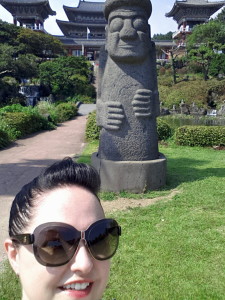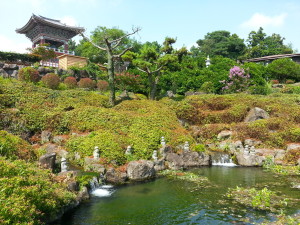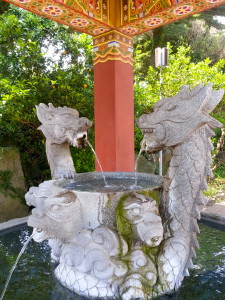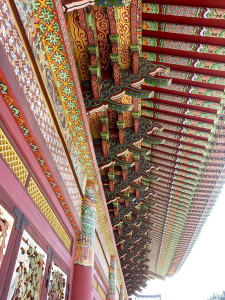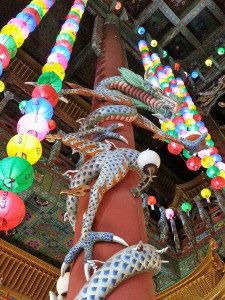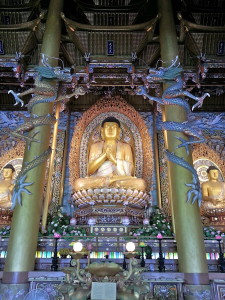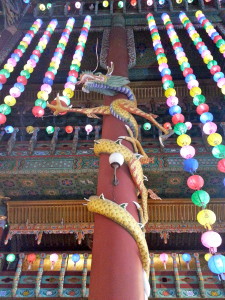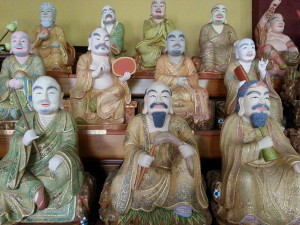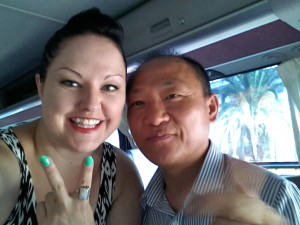As my time wraps up on three years in South Korea, I’ve been thinking about the little things I’ll miss and the little things I won’t. These things are random, but it’s the everyday things that add up to memories at the end of an era.
5 THINGS I’LL MISS IN SOUTH KOREA:
1. Umbrella sleeves. This awesome invention can be found outside most subway stations and department stores. They are metal boxes with two different-sized plastic bags hanging inside.
Simply push your umbrella down into the bag of appropriate size and pull it towards you (as seen below). Boom! Your wet umbrella is sheathed and no water all over the place.
2. The Seoul subway system. Below is an image of the Seoul subway system in comparison to the Toronto subway map. Enough said.
3. The restaurant across the street from my hapkido gym. The ladies there make the best kimchi mandu in the universe (mandu is like a dumpling). Hands down.
4. Monsoon season. In my region of Ontario, we don’t get storms of a monsoon magnitude. They are scary but awesome and absolutely fascinating to watch if you’re safe inside. To check out my video of a monsoon storm, click below:
5. Stationary shops like Morning Glory and Artbox. Those who know me well know that I lose my mind when I stumble upon a Morning Glory. They were on every corner back in the early 2000s here in Korea but there are far fewer now that shoppers have switched to online purchasing (hence my spastic excitement). Artbox also has nifty house decor items like alarm clocks, pillows and some clothing too. It’s a bit pricey but the items are unique.
5 THINGS I WILL ABSOLUTELY NOT MISS IN SOUTH KOREA:
1. Korean men spitting everywhere all the time. Seriously, hocking loogies is a national street sport in Korea. No idea why. I’ve asked Korean friends (men and women) and they don’t know why so many men do it. The only thing closest to logic I’ve heard is that during Korean mens’ mandatory 2 years of military service, many take up smoking and pick up the habit of spitting from excessive smoking. Still, c’mon. That’s nasty dude.
2. The evil yellow dust that blows in from the desert in northern China. On bad days you can taste it in your mouth and we are advised to wear masks when going outside.
3. The stabbing elbows of subway-riding halmonies (Korean grannies) who jab you in the back and/or ribcage when they decide you’re not moving fast enough to get out of their way on the subway. They need to be dealt with. Seriously. Their boney jabs leave marks!
4. Older folks in my town staring at me like a circus freak even though I’ve lived here for 3 years. I often forget I’m in a small rural town that is pretty much a county. It’s offensive but I try to remember that I may be the first foreign person they’ve ever seen. Old folk in Deokso be looking at me like:

5. Last but not least, I hope to never see another Korean cave cricket again in my life. Just tonight I was walking home from hapkido and saw a cave cricket on the sidewalk. I stopped to let him pass because they jump almost as high as I am tall.
With four months left, I’m sure there’ll be more reminiscent posts surfacing so bear with me Dear Readers. Until next time, stay warm and be well!


